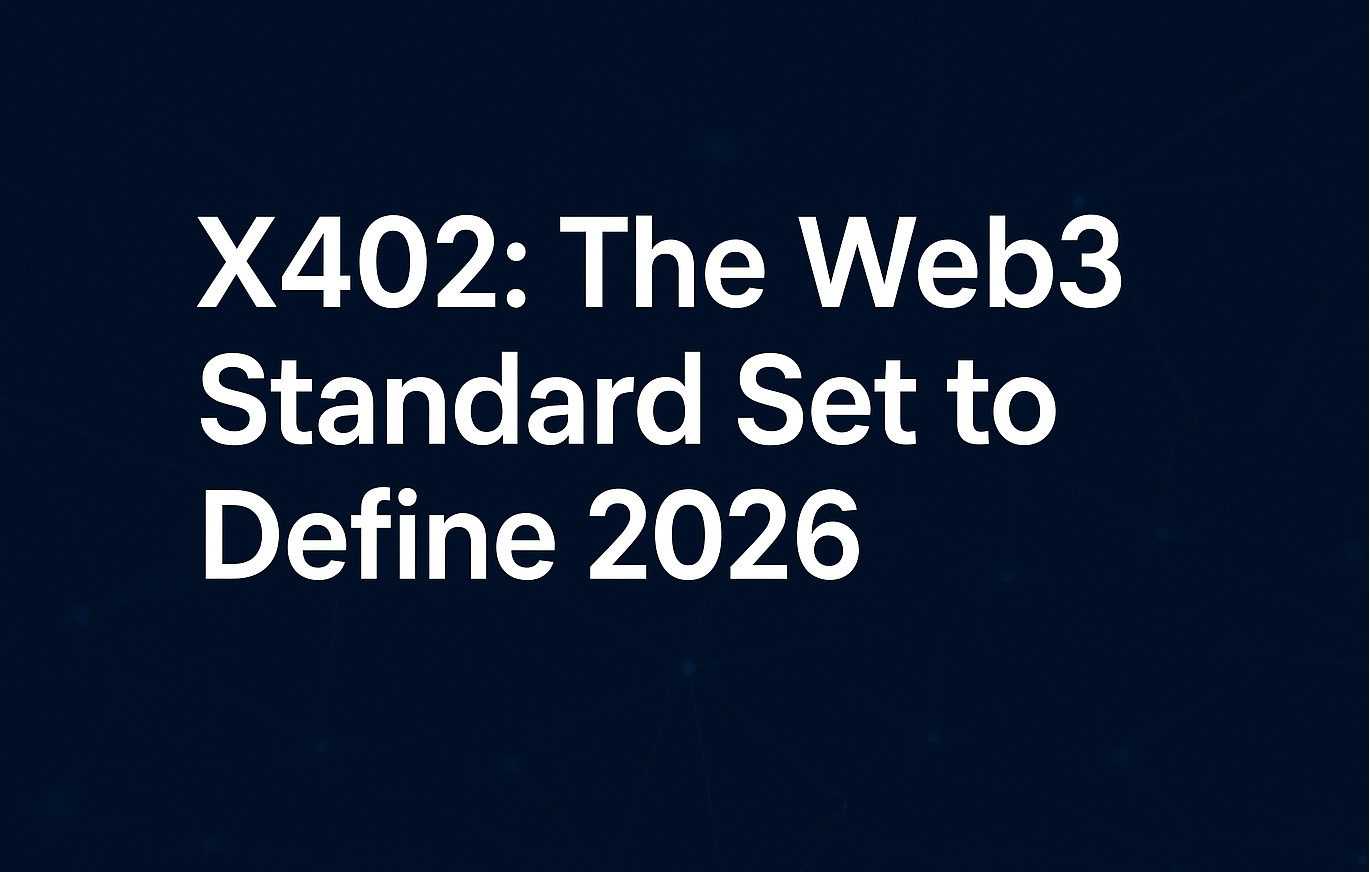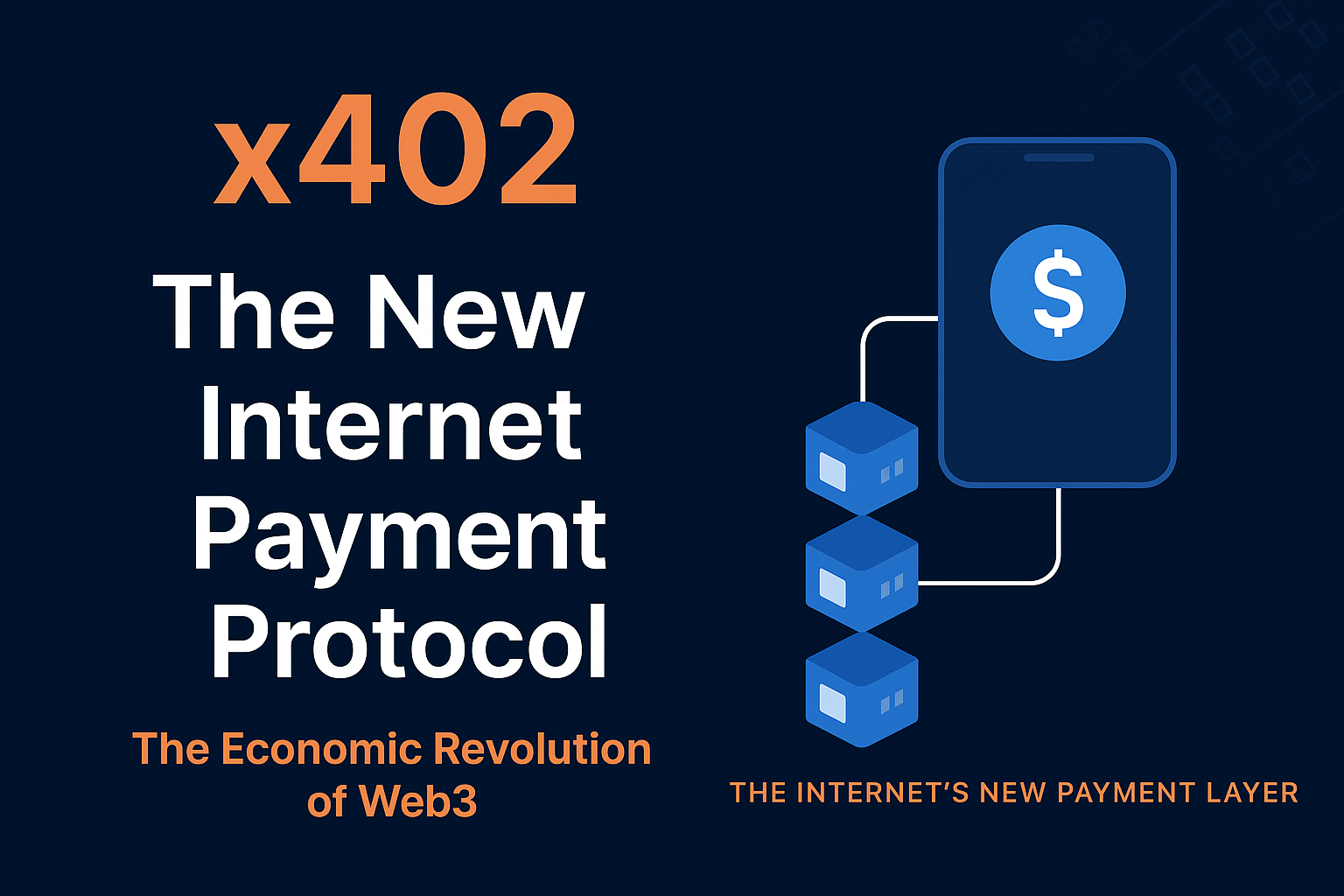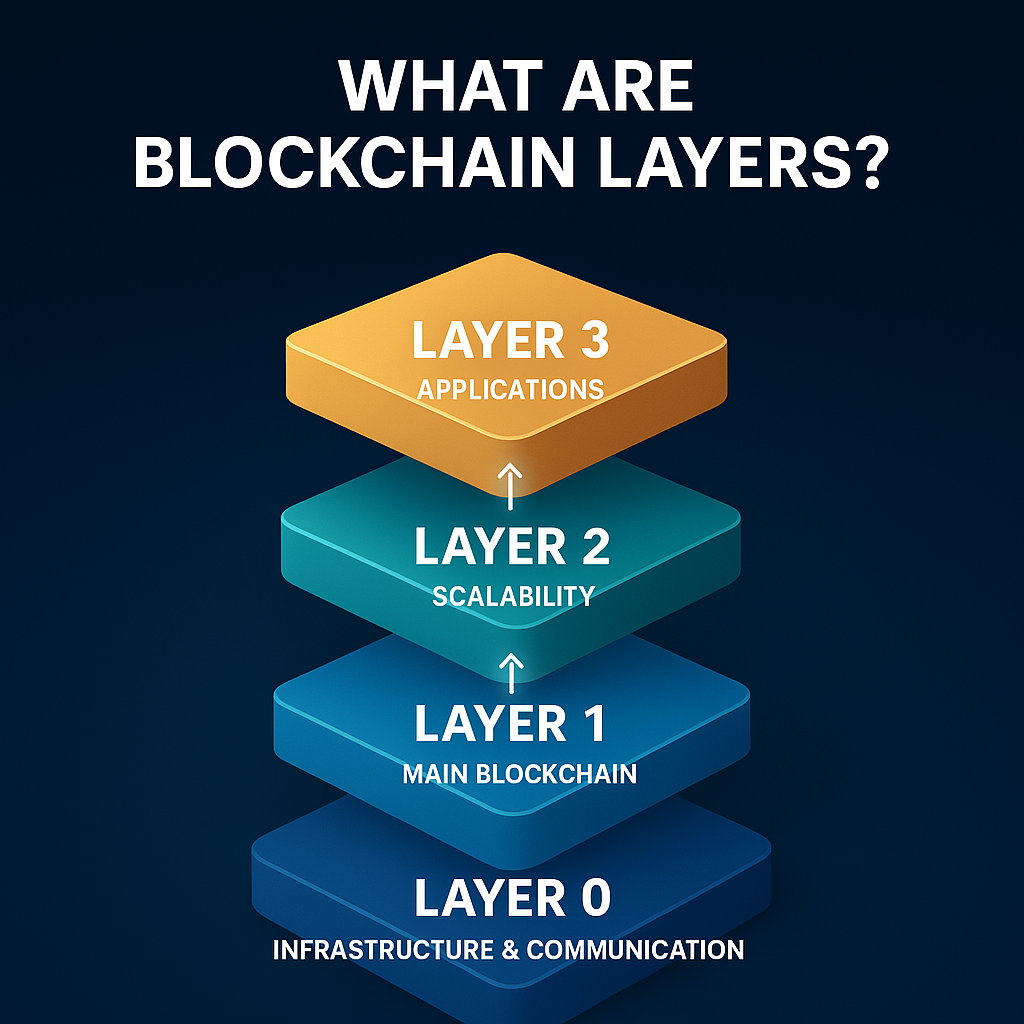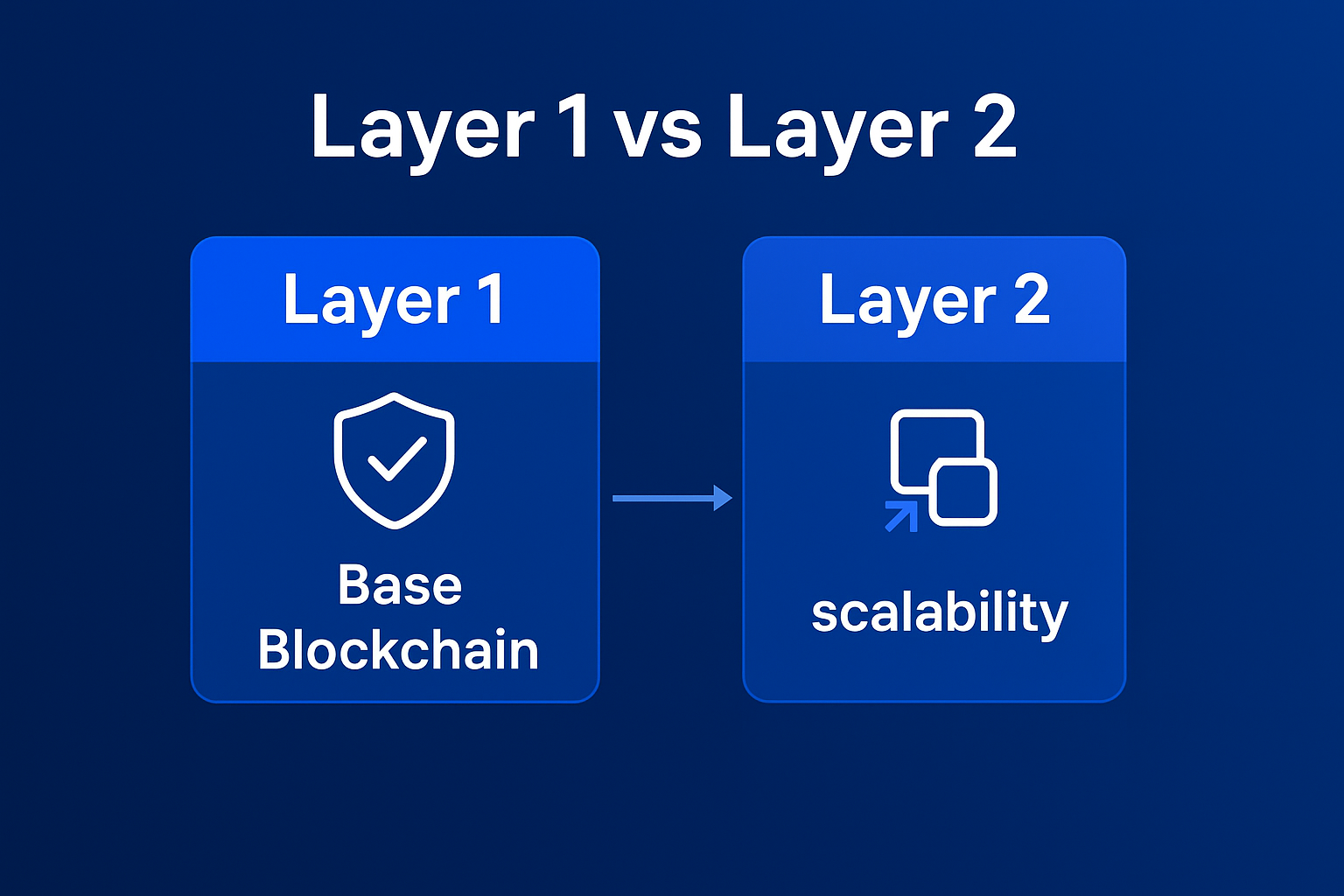As the blockchain ecosystem expands rapidly, Ethereum’s scalability limitations have driven developers to build Layer 2 solutions — technologies designed to improve transaction speed and reduce costs while maintaining Ethereum’s security.
Among these solutions, one of the standout projects in 2025 is Base Network. Developed by Coinbase, Base is not just another Layer 2—it’s an infrastructure project aiming to bring the Web3 ecosystem to the masses.
🔹 What Is Base Network?
Base is an Ethereum Layer 2 network built by Coinbase. Its goal is to provide developers with a low-cost, secure, and scalable environment for building decentralized applications (dApps).
The Base network is built on the OP Stack, utilizing Optimistic Rollup technology. This makes Base both fast and fully compatible with Ethereum.
Key Features:
- Low Gas Fees: Transactions on Base are significantly cheaper compared to Ethereum mainnet.
- Full EVM Compatibility: Any smart contract running on Ethereum can run seamlessly on Base.
- Coinbase Integration: Base has potential access to over 100 million Coinbase users — an unparalleled advantage for adoption.
- Security Layer: Transactions are ultimately settled on Ethereum, leveraging its proven security.
Technical Architecture:
Base operates on the Optimism OP Stack, a modular open-source framework enabling standardized Layer 2 development.
In this structure, Base functions as the execution layer, while Ethereum acts as the settlement layer.
🔧 Base Ecosystem and Use Cases
Since launching its mainnet in 2024, Base has seen hundreds of projects build on its infrastructure.
Some notable use cases include:
- DeFi Protocols: Platforms like Uniswap, Aave, and Compound have integrated with Base.
- NFT Platforms: OpenSea added Base support for NFT minting and trading.
- Gaming and Social dApps: Social protocols like Farcaster run natively on Base.
Base’s mission is broader than just scaling Ethereum — it aims to serve as a developer-friendly Web3 bridge for both traditional Web2 companies and emerging decentralized startups.
🌐 The Best Layer 2 Projects of 2025
1. Base (Coinbase)
- Strengths: Coinbase backing, large user base, OP Stack architecture.
- Use Cases: DeFi, NFTs, Social dApps.
- Challenge: Governance decentralization still in progress.
2. Arbitrum
- Strengths: Highest Total Value Locked (TVL) among all Layer 2s.
- Technology: Optimistic Rollup
- Highlights: Broad DeFi ecosystem and active developer community.
3. Optimism
- Strengths: Creator of the OP Stack and partner of Base.
- Focus: Collective governance and open-source standardization.
- Progress: Expanding multi-chain interoperability through OP Stack.
4. zkSync Era
- Technology: ZK-Rollup (Zero-Knowledge Proof)
- Pros: Fast transaction confirmation, enhanced privacy.
- Cons: Complex implementation and higher computational requirements.
5. StarkNet
- Technology: ZK-STARK-based Layer 2
- Strengths: Maximum security and cryptographic robustness.
- Status: Rapidly gaining traction among developers.
💡 What’s Next for Layer 2 in 2025?
The year 2025 marks a turning point where Layer 2 networks become interconnected (interoperable).
Technologies like the OP Stack and ZK-rollups are converging to create modular, cross-chain Layer 2 ecosystems.
Projects like Base will accelerate mass adoption by improving scalability, usability, and accessibility for everyday users.
📊 Conclusion
With the backing of Coinbase and the power of the OP Stack, Base Network stands out as a leading Layer 2 solution in 2025.
It effectively addresses Ethereum’s scalability issues while maintaining security and developer flexibility.
Together with Arbitrum, Optimism, zkSync, and StarkNet, Base is shaping the next era of blockchain evolution.
Source: CoinApprise Team – 2025 Blockchain Technology Analysis Series







